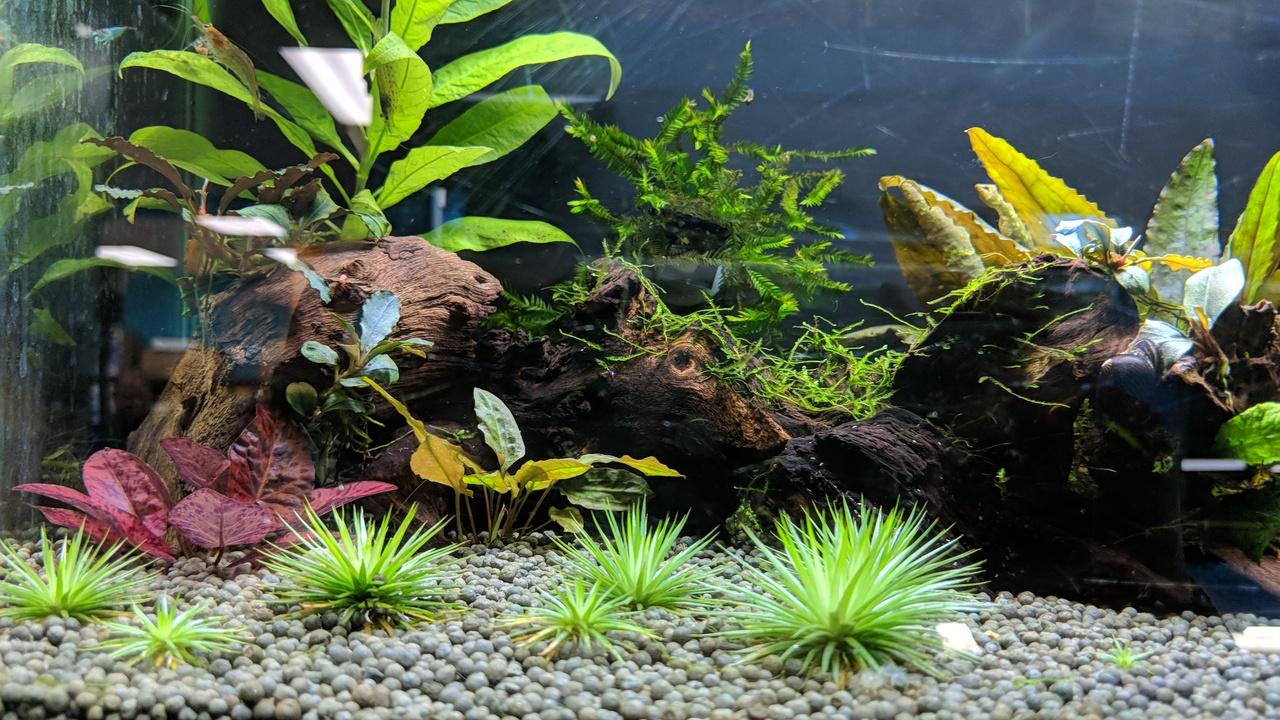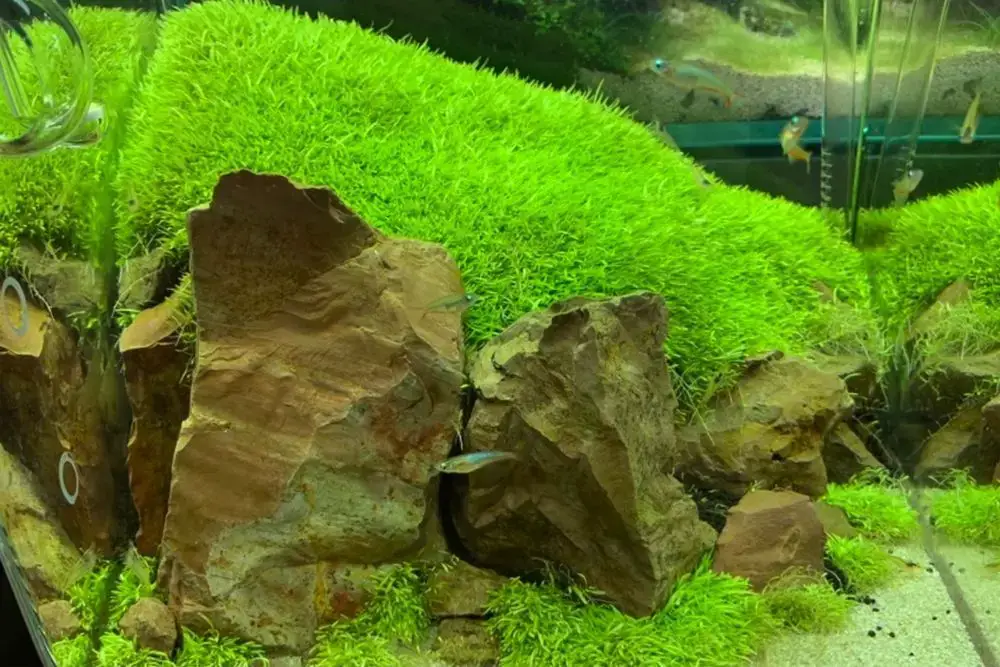Foreground Plants
Are you struggling to find the perfect foreground plants for your aquarium? Look no further. Foreground plants can add depth and dimension to your aquarium, but with so many options available, it can be overwhelming to choose the right one.
Pain Points with Foreground Plants
Do you feel like you have tried all the foreground plants out there, but nothing seems to work? Are you struggling with keeping your foreground plants alive and healthy? The pain points with foreground plants can be frustrating, but don't worry, there are solutions.
The Target of Foreground Plants
The target of foreground plants is to create a visually stunning aquarium while providing shelter and food for fish and other aquatic creatures. These plants not only add aesthetic appeal, but they play a crucial role in balancing the aquarium's ecosystem.
Summary of Main Points
In summary, foreground plants are essential for a balanced and visually appealing aquarium. They can be challenging to care for but with the right approach, they can thrive. The target of foreground plants is to create a visually stunning aquarium while providing shelter and food for fish and other aquatic creatures. Now, let's dive deeper into two popular types of foreground plants.
Sagittaria Subulata
Sagittaria Subulata, also known as Dwarf Sagittaria, is a popular carpet plant that adds a lush, green carpet to the foreground of an aquarium. This plant is easy to care for, making it a popular choice for beginner aquarists. I personally have had great success with Dwarf Sagittaria in my aquarium. It quickly roots and spreads, providing a beautiful foreground to my aquarium. Its narrow leaves add depth and interest, making it a great addition to any aquascape.

When planting Dwarf Sagittaria, it's essential to provide it with adequate lighting and to ensure that it's planted in nutrient-rich substrate. It can also benefit from regular fertilization. Overall, this plant is an excellent choice for those wanting to add a lush, green carpet to their aquarium's foreground.
Java Moss
Java Moss is another popular type of foreground plant that is low maintenance and adds a natural look to an aquarium. Java Moss is a versatile plant that can be used in various ways, from creating a carpet to attaching it to driftwood or rocks.
I have used Java Moss in my aquarium to create a moss wall, which not only looks great but also provides shelter for my fish. Java Moss is known to be a hardy plant and can handle a range of water conditions, making it an excellent choice for beginner aquarists.
Choosing the Right Foreground Plant
When choosing a foreground plant, it's essential to consider factors such as lighting, substrate, and water conditions. It's important to research the specific needs of each plant to ensure that it will thrive in your aquarium. A well-planned aquascape with the right foreground plants can create a stunning and healthy environment for your fish.
Tips for Keeping Foreground Plants Healthy
To keep your foreground plants healthy, it's important to provide them with adequate lighting and nutrients. Regular fertilization and substrate maintenance can go a long way in ensuring the plants' health. Additionally, pruning and trimming can help promote healthy growth and prevent overgrowth.
Question and Answer Section
Q: Can foreground plants survive in low light conditions?
A: While some foreground plants can handle low light conditions, most thrive in moderate to high lighting. It's essential to research the specific lighting needs of each plant to ensure proper growth.
Q: Do foreground plants require CO2 injection?
A: While some foreground plants can benefit from CO2 injection, it's not always necessary. It's essential to research the specific needs of each plant to determine if CO2 injection is necessary.
Q: Can foreground plants be planted in sand substrate?
A: Yes, foreground plants can be planted in sand substrate, but it's important to ensure that the sand is nutrient-rich and that the plants are provided with regular fertilization.
Q: Can foreground plants be propagated?
A: Yes, many foreground plants can be propagated via runners, stem cuttings, or division. Proper pruning and trimming can also help promote healthy growth.
Conclusion
Foreground plants are an essential component of any healthy and visually appealing aquarium. While they can be challenging to care for, the right approach and research can help ensure success. Whether you choose Sagittaria Subulata, Java Moss, or another type of foreground plant, providing proper lighting, substrate, and nutrients can go a long way in promoting healthy growth.
Gallery
Low Light Aquarium Foreground Plants | Re: New Carpeting/foreground

Photo Credit by: bing.com / plants aquarium light foreground plant low aquatic growing carpeting fish challenge freshwater planted tank re general aquariums discussions live aquaticplantcentral
Premium PSD | Tree Foreground

Photo Credit by: bing.com / tree foreground psd premium freepik
Foreground Aquarium Plants: Types & Methods Of Planting

Photo Credit by: bing.com / foreground aquarium plants spiky plant looking types comments basic guide plantedtank
5 Most Popular Foreground Carpet Plants For Your Aquarium

Photo Credit by: bing.com / utricularia graminifolia foreground plants aquarium
New Carpeting/foreground Plant Growing Challenge, Syngonanthus "Uaupes
Photo Credit by: bing.com / carpeting plant aquarium plants foreground growing challenge

0 Response to "Foreground Plants"
Post a Comment